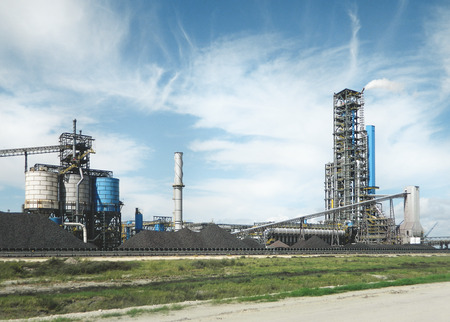1) The original costs of the project were calculated on a dollar basis at USD 742 million (reflecting a USD/EUR exchange rate at the time of 1:1.35 and a subsequent project cost of EUR 550 million). In the final accounts these costs are forecast to rise by around a third, to around USD 990 million. As repeatedly communicated in the past, this rise is primarily due to critical weather conditions and therefore delays especially during the first phase of the project, to significant cost inflation resulting from the unexpected construction boom in the region around Corpus Christi, and to additional investments and technical optimizations (change in warehousing design). A final calculation of the costs will only be possible after the ramp-up phase is complete (March 2017).
As the investments have already been spread over the past three business years (2013/14, 2014/15, 2015/16) and the current business year (only a comparatively minor balance will be payable in 2016/17), in future this project will generate no further appreciable investment requirements which might influence the profitability of the project.
2) The project, which was given the go-head in December 2012 and began in summer 2014 after all approvals had been granted, is in its final stage of commissioning. The plant has been producing premium sponge iron (hot briquetted iron – HBI) since September 28, 2016, and has been continually supplying customers in both America and Europe (including Linz and Donawitz) with HBI since December 2016.
3) The strategic considerations upon which the project was originally approved remain completely unchanged: the primary purpose of the project is to secure the long-term future of the Austrian steel production sites by supplying them with high-quality sponge iron (HBI). This has the following key effects:
- Reduces energy use
- Lowers CO2 emissions (site-specific by up to 10%) and thereby also CO2 costs
- Broadens the raw materials base and makes it more flexible to include high-quality HBI
- Secures the Group’s philosophy of high-quality steel production over the long-term
4) The cost savings programs undertaken over the past years are entirely unrelated to the HBI project; instead, for many years they have been a fixed component of the Group’s mid-term and long-term planning.

